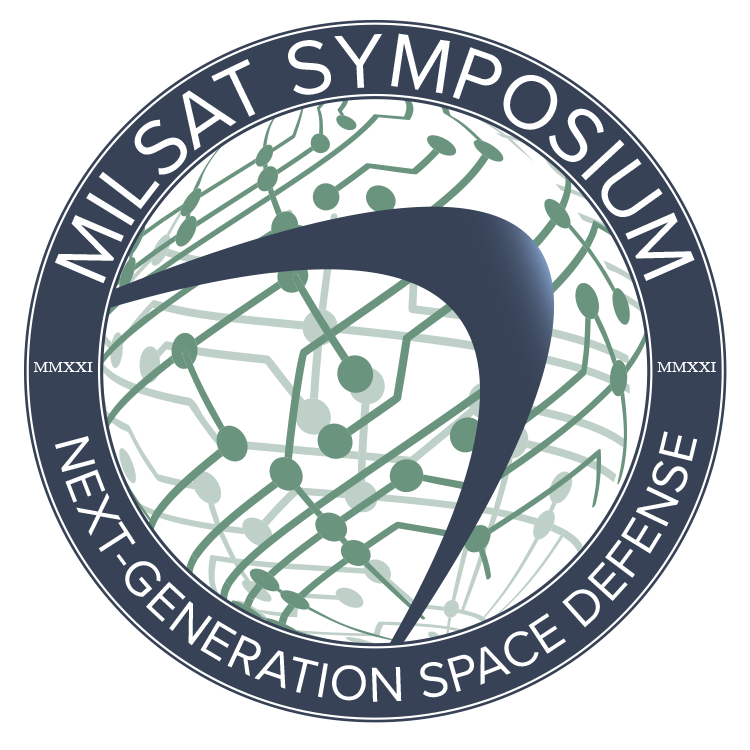

Low Earth Assets promise a high data throughput and global reach while adding critical features such as low latency, greater bandwidth as well as coverage where GEO satellites are not present. This discussion will answer questions such as: How have the economics of the commercial sector created this opportunity? What new capacities can it deliver to the warfighter? What current and future technological achievements predicate its success? What novel solutions can be developed with low orbit, quickly launched and difficult-to-track satellites in order to support future operations? What constellation design and size will be necessary? Knowing that point to point communication without going via third parties are also extremely valuable for secure data links, how will key military information be secured?
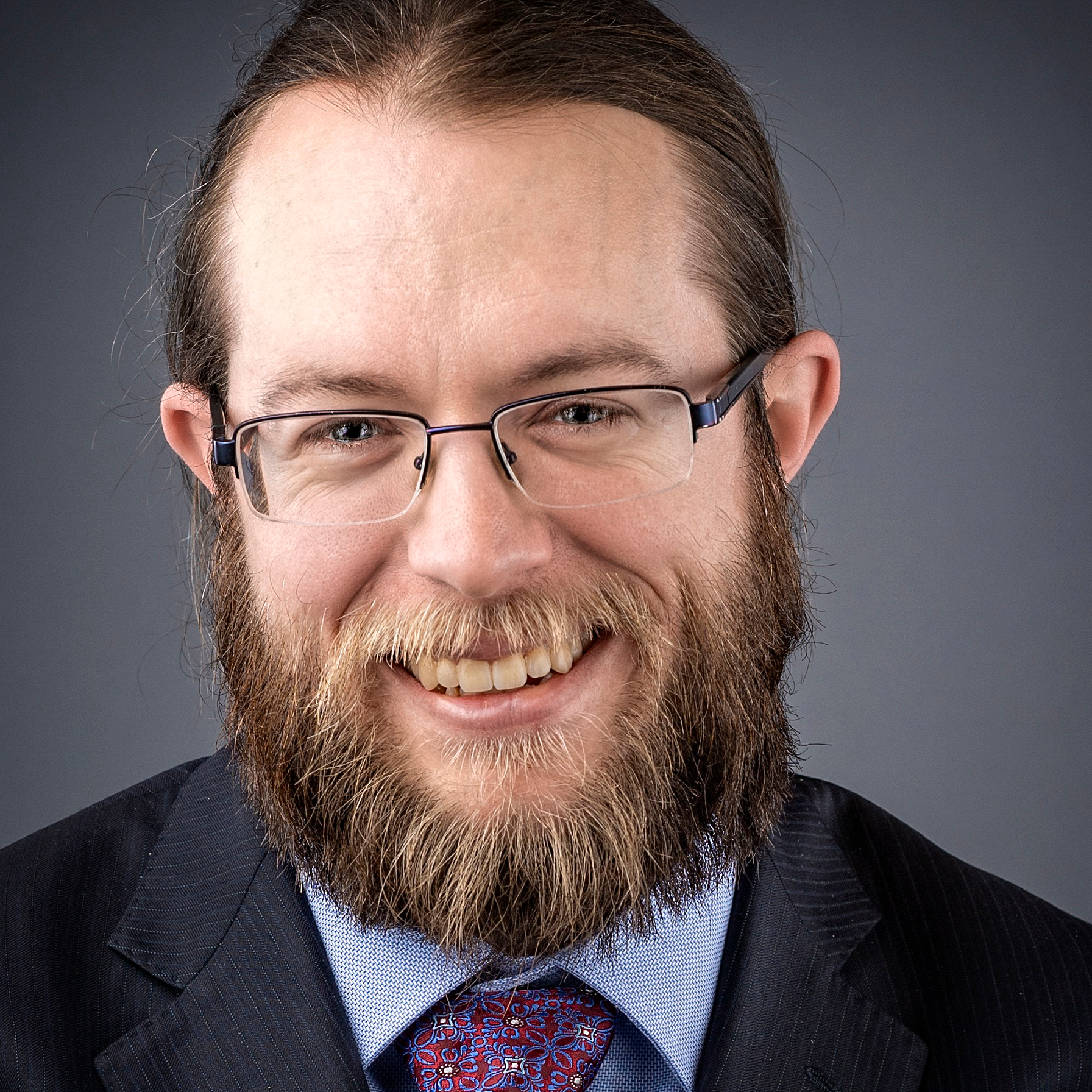 Brad Grady
Brad Grady
Mr. Grady has been involved in the Satellite Communications industry since 2005, joining NSR in 2010. Through his 10 years at NSR, he has risen from a Junior Analyst to NSR’s Principal Analyst for Mobility Markets, focusing on Commercial and Government SATCOM Markets. In that role, he leads NSR’s research on “anything that moves.” He leads a group of NSR Analysts focused on Aeronautical and Land-Mobile opportunities, and authors NSR’s Maritime SATCOM Markets, Energy SATCOM Markets, and Government and Military Satellite Communications. He regularly provides his insights and analysis to NSR’s single-client consulting practice, and is also a regular contributor to leading industry publications and forums.
Before joining NSR, Mr. Grady served as the Sustainable Development Projects Coordinator Intern with the Global VSAT Forum where he worked regularly with the GVF Secretariat and the Regulatory Working Group on many of the forum’s initiatives. Working with the Regulatory Working Group, Mr. Grady helped develop and implement various RWG initiatives aimed at protecting satellite spectrum, increasing awareness of satellite services, and working to promote regulatory reforms across the globe.
Mr. Grady holds a Bachelor’s degree in Economics from the University of Maryland, College Park where his research focused on renewable/alternative energies, Information Communication Technologies and the Satellite Communications Industry. He works in NSR’s Washington DC office, with his wife, daughter, and two dogs.
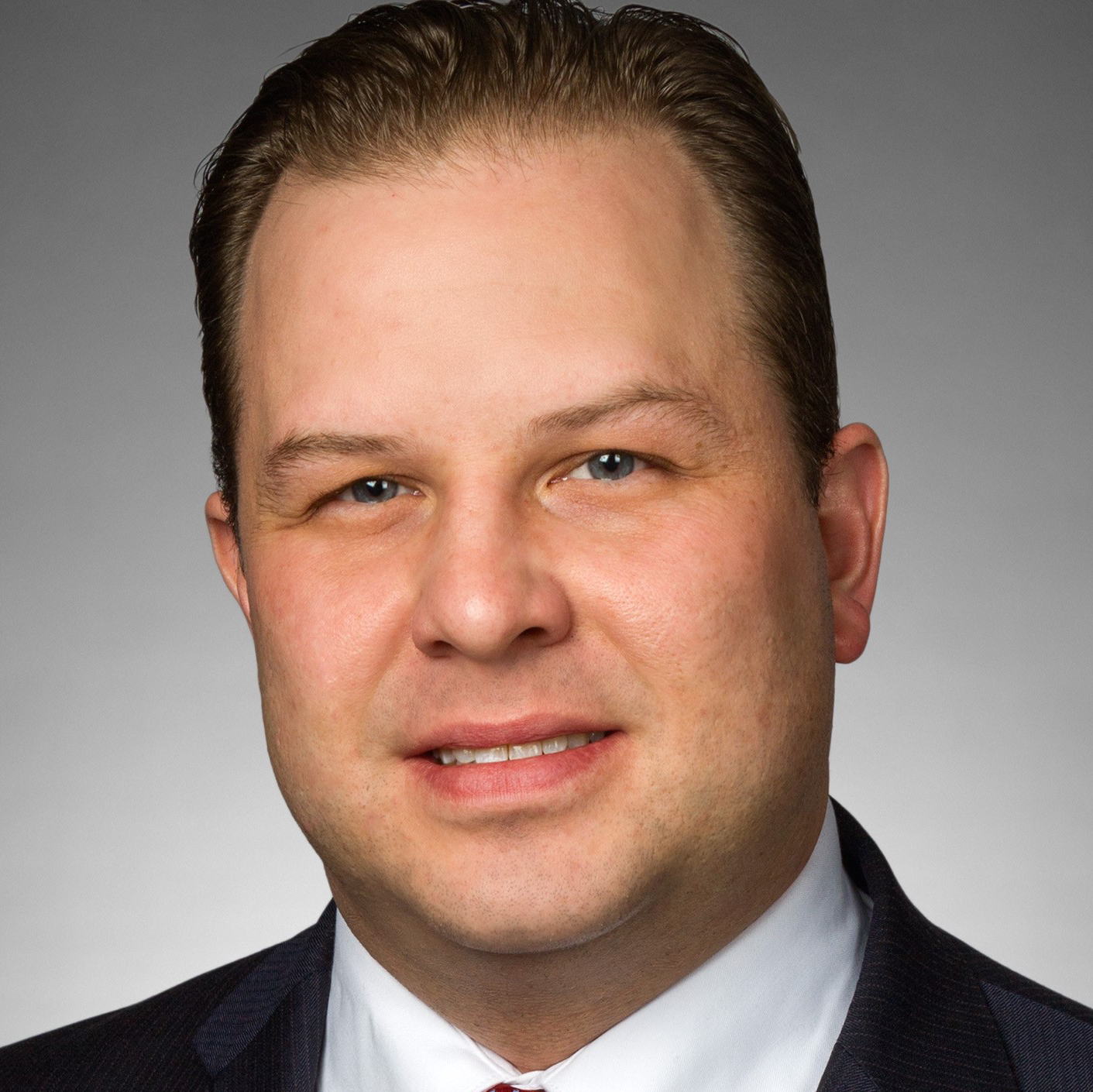 Eric Brown
Eric Brown
Eric Brown is the Senior Director of Mission Strategy for Lockheed Martin’s Military Space business, working with the US Government and its allies to develop space solutions relating to missile warning / missile defense, MILSATCOM, position / navigation / timing (PNT), space control, space domain awareness, and tactical missions. Mr. Brown leads Lockheed Martin’s efforts in this domain to combine the company’s investments in future capabilities with those of teammates in industry, academia, labs, and the Government to establish new architectures in response to emerging threats to space and mission challenges. Based on the criticality of space to today’s warfighting environment, Mr. Brown coordinates across Lockheed Martin’s domains (e.g., aircraft, missiles, mission systems) to provide the infrastructure that enables Joint All-Domain Operations (JADO). This includes leadership for Lockheed Martin Innovation Partners, the company’s initiative to engage, accelerate, and onramp non-traditional partners to programs of record.
Prior to joining Lockheed Martin Space, Mr. Brown led PwC Strategy&’s global space community of interest, providing strategic consultation on topics of competitive positioning, new technology introduction, and inorganic strategy to executives across aerospace, defense, space, industrial, and technology sectors. Previously, he supported various agencies across the intelligence and defense communities in the development of mission and organizational strategies and concepts of operations to respond to evolving threats and critical national requirements.
Mr. Brown holds a Bachelor of Arts from Davidson College, a Master of Arts in US National Security Policy from Georgetown University, and an MBA from Duke University’s Fuqua School of Business. He currently sits on the Board of Directors for Astrotech Space Operations.
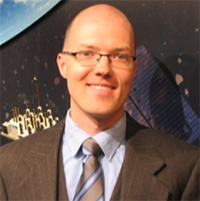 Tyler Goudie
Tyler Goudie
Tyler J. Goudie is Vice President and Chief Technologist within the S&GS Business Unit at Parsons with over 20 years of systems engineering and software development experience within the aerospace industry. At Parsons, he has contributed as a Systems/Solutions Architect and Developer on a number of high-profile Satellite Programs including Enterprise Ground Services (EGS). Tyler is a Parsons product expert and currently leads all Technical Vision within the S&GS Business Unit Products and Technology.
He began his career working small satellite designs for Space Dynamics Lab and AFRL and continued to refine his experience with satellite systems engineering working with the Aerospace Corporation on high level system satellite designs. Tyler further pursued his experience through requirements gathering, design documentation, verification and validation, and customer interaction at LASP, CCAR, and Raytheon. He worked on a prototype instrument for the International Space Station and on Modeling and Spacecraft Simulation for the Advanced Extremely High Frequency (AEHF) Satellite under Lockheed Martin. Tyler also worked on Force Protection and Intelligence software development programs for the Air Force and Intelligence Communities.
Tyler moved into project leadership roles for small, medium, and large sized teams and led them to successful delivery of their respective software systems, keeping high profile contracts on schedule and under budget. Tyler maintains technical expertise in the areas of satellite systems, systems engineering, development, testing, modeling and simulation, and high-level architecture design.
Finally, Tyler leads many high budget Parsons Product Opportunities and Technical Proposals through business development, sales, and strategic partnerships leveraging Parson’s COTS/GOTS product line solutions across the S&GS enterprise.
Education
Tyler holds an M.S. in Aerospace Engineering from University of Colorado, Boulder (2004) and a B.S. in Electrical Engineering from Utah State University (2003).
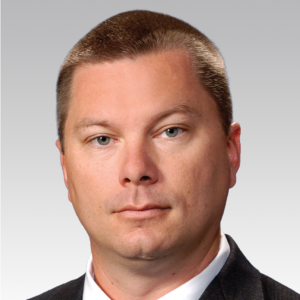 Tim Lynch
Tim Lynch
Tim Lynch is executive director of the Multi-Domain Architecture Group within the Space and Airborne Systems segment of L3Harris Technologies. Space and Airborne Systems covers an extensive portfolio of solutions
in intelligence, surveillance, small satellites, electronic warfare, avionics (including carriage and release systems), wireless solutions and C4I systems. Prior to his current position, Lynch was a chief mission architect of L3Harris. In this role, he was responsible for working with customers and program teams to develop new solutions and mission architectures to support all major areas within the organization, including smallsats, radio frequency and electro-optical payloads, and end-to-end mission solutions.
Previously, Lynch was the senior director of advanced programs with the Intelligence, Surveillance and Reconnaissance business unit at Harris Corporation (prior to the company’s merger with L3 Technologies in 2019).
Lynch joined Harris in 2000, earlier assignments included general manager of the company’s Mission Solutions. He also led two enterprises – Satellite Solutions and Advanced Technologies. These enterprises provided commercially hosted payloads, smallsat end-to-end solutions, and state-of-the-art processing systems for the Department of Defense, Intelligence Community and commercial market.
Lynch began his career as an electrical engineer and has held positions of increasing responsibility in the areas of engineering, business development, program management and mission architecture.
Lynch holds bachelor’s and master’s degrees in electrical engineering from Florida State University. He is a graduate of the Wharton executive leadership program.
He is a member of the Phi Kappa Psi Fraternity Florida Alpha Chapter, the Institute of Electrical and Electronics Engineers, the Armed Forces Communications and Electronics Association, and several other intelligence and defense organizations.
L3Harris Technologies is an agile global aerospace and defense technology innovator, delivering end-to-end solutions that meet customers’ mission-critical needs. The company provides advanced defense and commercial technologies across air, land, sea, space and cyber domains. L3Harris has approximately $18 billion in annual revenue and 48,000 employees, with customers in more than 100 countries.
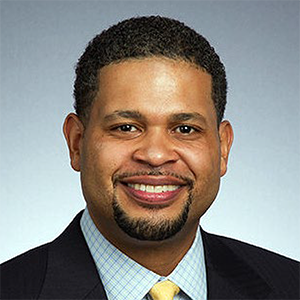 David Ray
David Ray
David Ray is senior vice president and lead for the Space Business Unit within the National Security & Space Sector for SAIC. In this role, he is responsible for leading the $1.3 billion Space Business Unit with customers spanning the intelligence, defense, and federal/civil agencies.
Ray joined SAIC in 2021 with a wealth of experience in both managing and growing large technology businesses that serve government customers around the world.
Prior to his current position, Ray served as president of the Government and Defense Business Unit at FLIR Systems, Inc. where was responsible for leading all aspects of the $900 million business unit, including strategy, research and development, operations, business development, and marketing.
Ray has held several leadership roles in general management and business development at Raytheon Company from 2002 to 2017. His most recent role with the company was as vice president, Global Business Development and Strategy for the company’s $6 billion Intelligence, Information, and Services Segment, serving intelligence, Department of Defense, federal/civilian agencies, and international customer markets.
He also previously served in many leadership positions of increasing authority for Raytheon Missile Systems (RMS) and Space & Airborne Systems (SAS) businesses during his 16- year tenure with Raytheon. Prior to this, he began his career as a senior management consultant at Booz Allen Hamilton.
Ray received a Bachelor of Science degree in business management from the U.S. Air Force Academy and served five years in the Air Force at Andrews Air Force Base and the Pentagon where he led teams responsible for communications-related projects designed to support senior members of the government and military. He also earned a Master of Science degree in systems management and strategy from Central Michigan University.
 Lt. Col. Tim Trimailo
Lt. Col. Tim Trimailo
Lieutenant Colonel Tim Trimailo is the Materiel Leader, Commercially Augmented Space Inter-networked Operations (CASINO) program, Innovation and Prototyping Directorate, Space Development Corps, Space & Missile Systems Center (SMC), Los Angeles Air Force Base, CA. In this role, Lt. Col. Trimailo manages the Space Force investment in DARPA’s Blackjack program, which will demonstrate military utility of a proliferated Low Earth Orbit (LEO) satellite architecture. In parallel, he is developing foundational prototypes and concepts of operations for future operational constellations leveraging Blackjack lessons learned and industry investment in proliferated LEO technology.
Since graduating from the United States Air Force Academy in 2005, Lt. Col. Trimailo has served in space acquisitions, operations, and staff assignments at the National Reconnaissance Office, Schriever Air Force Base, the Pentagon’s Air Force Legislative Liaison Office, and twice now at SMC. He and his wife, the former Lori Young of Wichita, KS, reside in Redondo Beach, CA, and have two kids.